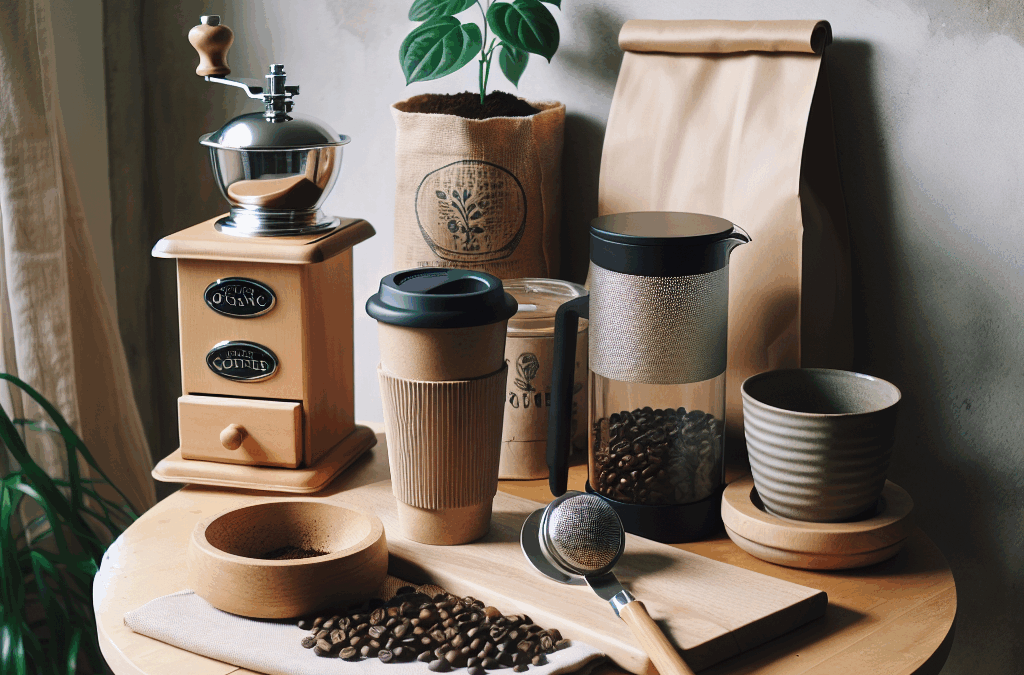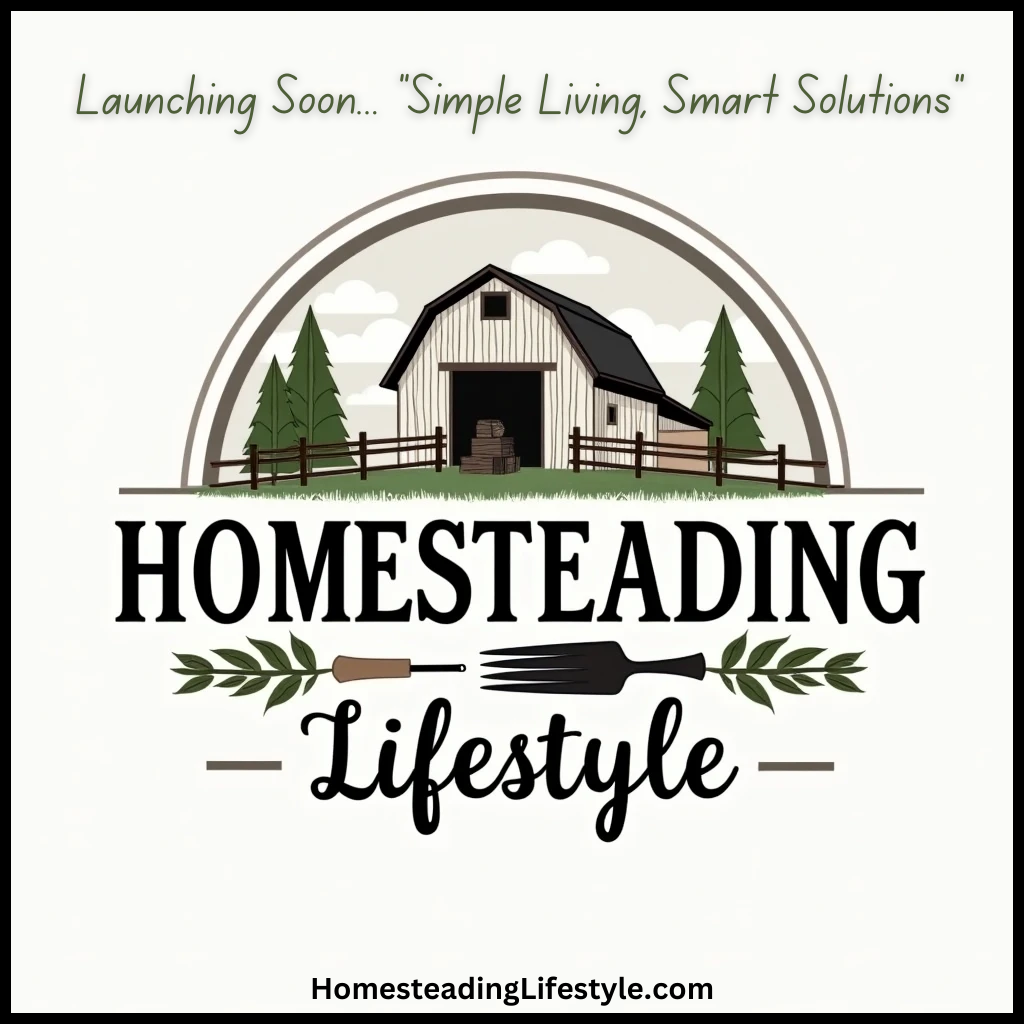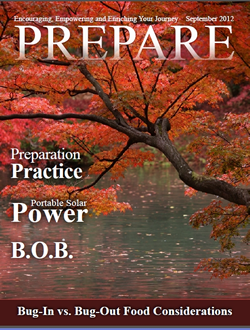Selecting Ethical Beans
Know Your Sources
When I first dove into the world of coffee, I had no idea how crucial it was to know where my beans were coming from. Sourcing ethical beans means supporting farmers who practice sustainable agricultural methods and are treated fairly. I often find myself browsing local farmers’ markets or specialty coffee shops to ask about their sourcing practices. Knowing this helps me feel good about my daily brew!
There are various certifications to look for, like Fair Trade or Rainforest Alliance. These labels are a great way to ensure that your coffee was produced without harming the environment or exploiting workers. It gives me peace of mind knowing my morning ritual supports a cause greater than myself.
Don’t underestimate the power of local roasters! Many provide transparency about their sourcing, and by purchasing from them, you often reduce your carbon footprint since the beans don’t have to travel far. Plus, meeting local roasters can lead to some fun and insightful conversations about coffee!
Eco-Friendly Brewing Methods
Invest in Quality Gear
One of the first changes I made in my sustainable coffee corner was to invest in quality equipment. Whether it’s a French press, a pour-over setup, or even an espresso machine, having gear that lasts is crucial. When I realized I could buy better quality items once instead of a series of disposable methods, it felt like a lightbulb moment.
For instance, a sturdy glass or stainless-steel French press gives me that rich flavor without needing paper filters, which saves waste. I love that my coffee gear not only enhances the taste but also respects the earth! It feels so good to minimize waste.
Don’t forget about energy-efficient devices! If you’re considering an electric coffee maker, look for ones that have energy-saving features. Every little bit helps when it comes to reducing our energy footprint, and I personally love knowing I’m looking out for our planet.
Waste Reduction Strategies
Composting Coffee Grounds
Did you know that coffee grounds can be an excellent addition to compost? In my journey to make my coffee corner more sustainable, I started composting my used grounds. They not only enrich the soil but also help reduce kitchen waste. It’s a win-win for my garden and the earth!
To compost, I simple keep my used coffee grounds in a container until it’s full and then toss them into my compost bin. They break down nicely and add a lovely nitrogen balance to the mix. Plus, knowing I’m contributing to something so beneficial for my garden? That’s a great feeling!
If you’re not into composting, consider other options: coffee grounds can be used as natural fertilizers, or even for exfoliating skin! Who knew my morning brew could have so many uses beyond just waking me up?
Choosing Sustainable Milk Alternatives
Explore Plant-Based Options
Okay, I’ll admit: I love a rich, creamy latte. But switching to sustainable milk alternatives was a game-changer for my coffee corner. Plant-based milks, especially those packaged sustainably, can offer a less resource-intensive option than traditional dairy. Almond, oat, and soy milks have unique flavors that can enhance the coffee experience.
Oat milk has become my go-to—it’s creamy, froths beautifully, and has a lower environmental impact compared to cow’s milk. I also love supporting brands that package their products in eco-friendly ways! By exploring various milk alternatives, I’m not only being kinder to the planet, but I’m also discovering new flavors.
Don’t forget to read labels! Some brands may add preservatives or are sourced from unsustainable agriculture. I’m always on the hunt for those brands that care as much about the planet as I do. It feels good to sip on my latte, knowing I made a conscious choice!
Creating a Cozy Atmosphere
Designing Your Coffee Space
Lastly, let’s talk about the vibe of your coffee corner! A cozy, inviting atmosphere can make all the difference when you’re enjoying your coffee. I like to fill my space with plants—not only do they purify the air, but they also add a lovely touch of nature to my coffee rituals.
Along with plants, consider comfortable seating. I’ve set up a small nook with a comfy chair and some cushions. This makes my morning coffee feel like a mini-retreat before the day begins. Sometimes, it’s about the little things that make the experience more enjoyable!
Maybe throw in some cute decor or artwork that inspires you. I have a few coffee-themed posters that keep me motivated. Your space should reflect your personality and make you feel good. After all, we want our coffee corner to be a place of tranquility, right?
FAQs about Cultivating a Sustainable Coffee Corner
1. What kind of beans should I look for?
Look for ethically sourced beans that have certifications such as Fair Trade or Rainforest Alliance. These ensure that farmers are treated fairly and that sustainable practices are used in growing.
2. What’s the best eco-friendly brewing method?
Using a French press or pour-over setup is great as they don’t require paper filters, which cuts down on waste. Invest in durable, high-quality gear that will last you a long time.
3. How do I compost my coffee grounds?
Simply save your used coffee grounds in a container until it’s full, then add them to your compost bin. They’ll break down easily and enrich your soil.
4. Are plant-based milks better for the environment?
Yes, they typically have a lower environmental impact compared to dairy milk. Look for brands that use sustainable packaging as well!
5. How do I create a cozy coffee space?
Fill your space with plants, comfortable furniture, and decor that inspires you. The key is to make it a space where you love to relax and enjoy your cup of coffee.





